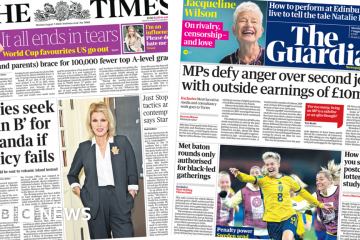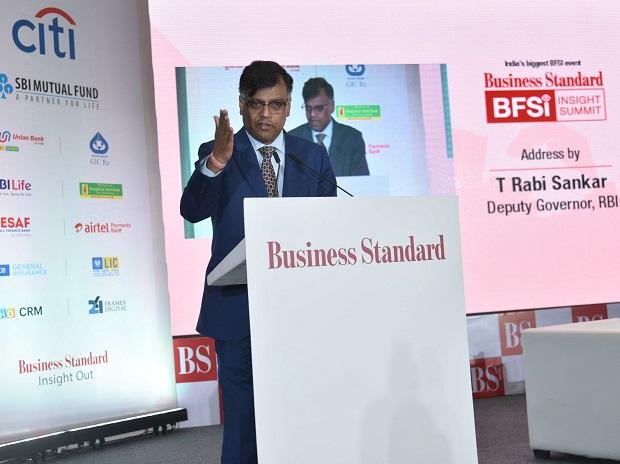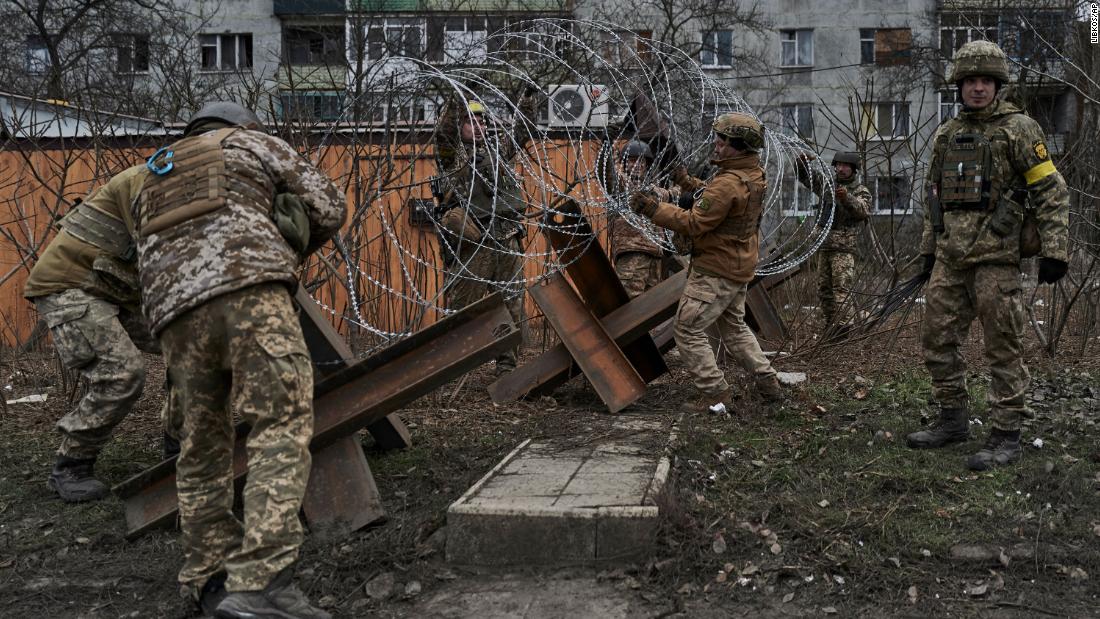India’s gross domestic product (GDP) is expected to grow between 6.1 per cent and 6.3 per cent in the June-September quarter (Q2FY23) based on high-frequency indicators and economic prediction models, according to a Reserve Bank of India (RBI) report released on Friday.
“If this is realised, India is on course for a growth rate of about 7 per cent in 2022-23,” said the State of the Economy report authored by RBI staffers including Deputy Governor M D Patra. The RBI has said views expressed in the article are those of the authors and do not represent its views.
The Q2 GDP numbers will be out by the end of this month. The monetary policy review in October projected Q2 GDP growth at 6.3 per cent.
“With headline inflation beginning to show signs of easing, the domestic macroeconomic outlook can best be characterised as resilient but sensitive to formidable global headwinds,” the report said.
India’s retail inflation softened to a three-month low of 6.77 per cent in October from 7.41 per cent in September as food prices declined substantially, which could prompt the Monetary Policy Committee (MPC) of the RBI to slow down on rate hikes. Since May this year, the MPC has raised the policy repo rate by 190 bps to 5.9 per cent.
The report observed that there was a change in the thinking of global central banks as some of them had slowed rate increases, and indicated that the end of rate hikes was in sight.
“…data arrivals of the most recent vintage on the far side of the Atlantic and in India suggest a grudging let-up in inflationary pressures. Consumer price index (CPI) inflation has somewhat eased across BRICS economies and in several other emerging market economies (EMEs) as well, benefiting from lower commodity prices,” it said.
Touching upon the recent easing of pressure on the domestic currency, the State of the Economy article said a “relief rally” swept across the globe on November 11 after US data showed a larger-than-expected decline in the country’s inflation. The data sparked hopes of the Federal Reserve adopting a softer approach to what has been an extremely aggressive tightening cycle so far.
Between October 27 to November 11, the rupee strengthened by 2.2 per cent against the US dollar, 1.2 per cent versus the British pound and 0.5 per cent against the euro, the article noted.
“In the recent period, the US dollar’s rally to successive highs has sent currencies across the world into a downward spiral, but a closer look reveals that EME currencies are posting only half the losses seen in advanced economy (AE) currencies,” it said.
A depreciating rupee adds to domestic inflationary pressures by pushing up India’s import bill.
According to the article, volatility in G7 currencies has surpassed that of emerging market currencies for the first time since March 2020. “This reflects resilience and the fact that early, aggressive rate hikes have delivered real rates or close to them, offering higher carry – Latin America has led the way,” it said.
Citing the Bank for International Settlements’ triennial survey of over-the-counter foreign exchange turnover, the article said that trading in OTC markets reached $7.5 trillion a day in April 2022, rising 14 per cent from three years back.
While the share of the rupee dropped to 1.6 per cent from 1.7 per cent three years ago, in exchange traded derivatives, the share of the rupee was at 12.9 per cent, the fourth largest in the world, the article said.
Commenting on the liquidity situation, the report said system liquidity was normalising in consonance with the stance of monetary policy but it was still in surplus mode, with the central bank absorbing about Rs 1.5 trillion on a daily basis on average. “The effective absorption rate rose by 1.75 percentage points between end-April and mid-November in response to monetary policy actions.”
The report said that commercial bank credit growth had been surging, led by services, personal loans, agriculture and industry. The capital adequacy ratio, which is well above 16 per cent, reflects the banking sector is well capitalized with provision coverage ratio of over 70 per cent.
“Gross non-performing assets (GNPAs) have consistently declined, with net NPAs sliding down towards 1 per cent of total assets,” it said while acknowledging that inflation is impacting corporate performance.
Note:- (Not all news on the site expresses the point of view of the site, but we transmit this news automatically and translate it through programmatic technology on the site and not from a human editor. The content is auto-generated from a syndicated feed.))




Obtener acceso a información secreta puede darle una ventaja comercial sobre sus competidores y, gracias a los avances tecnológicos, espiar ahora es más fácil que nunca.